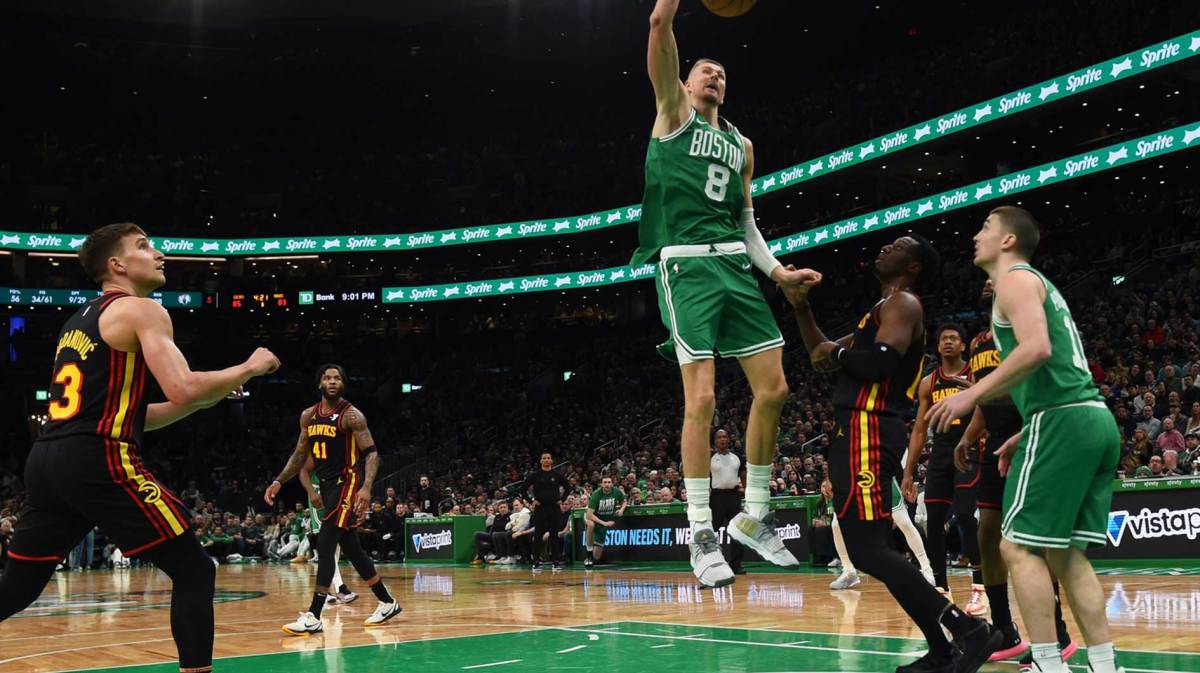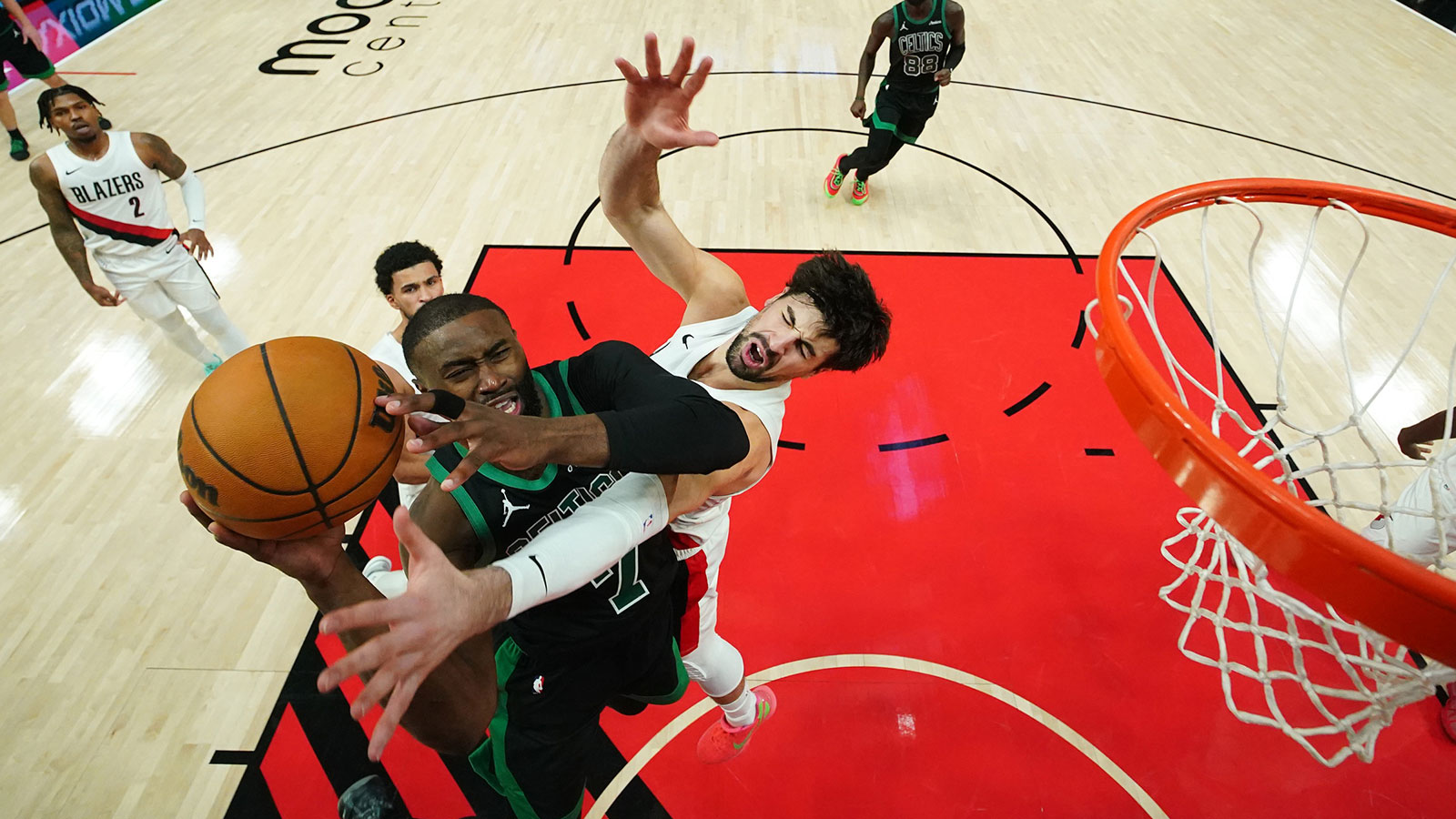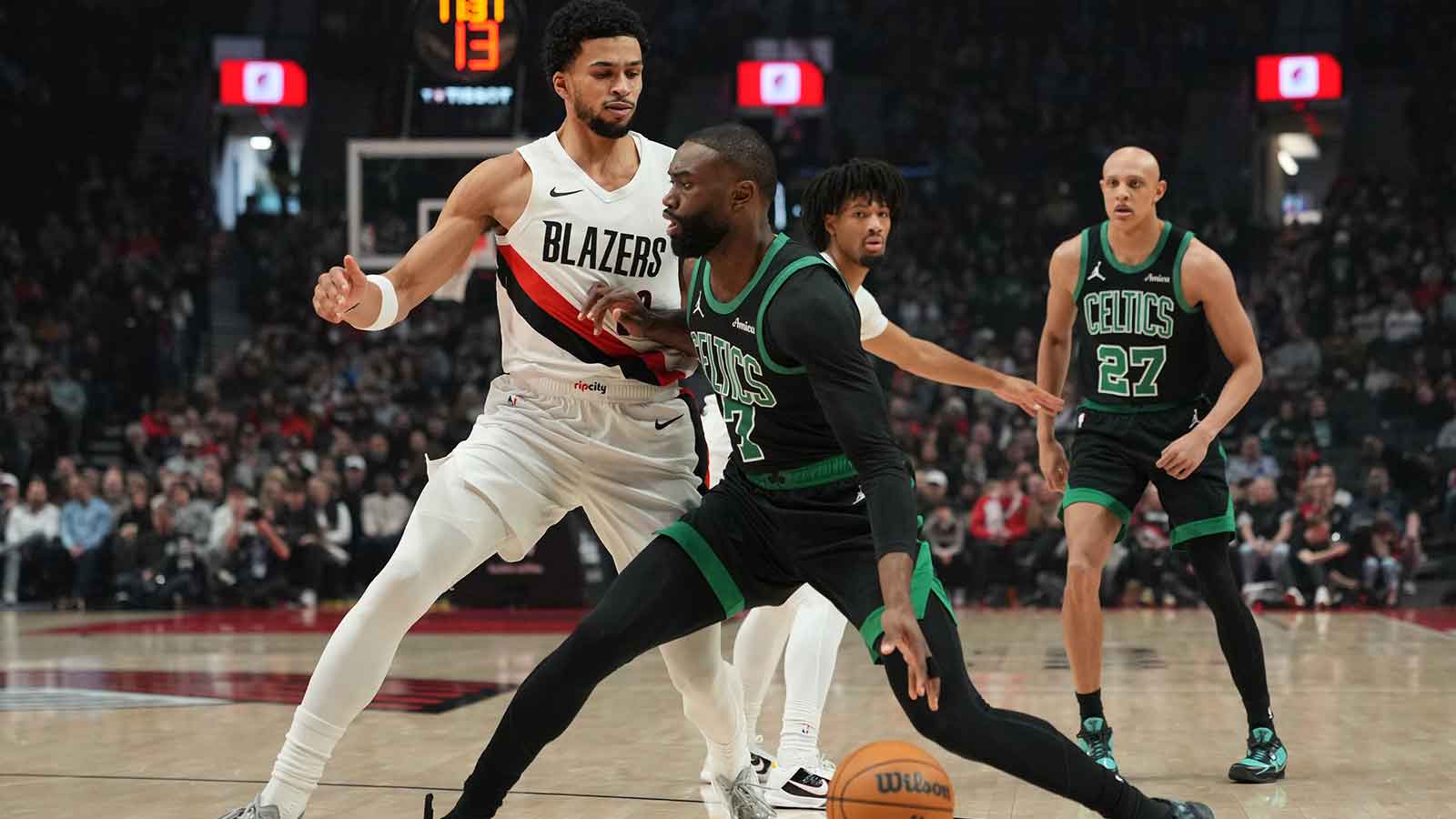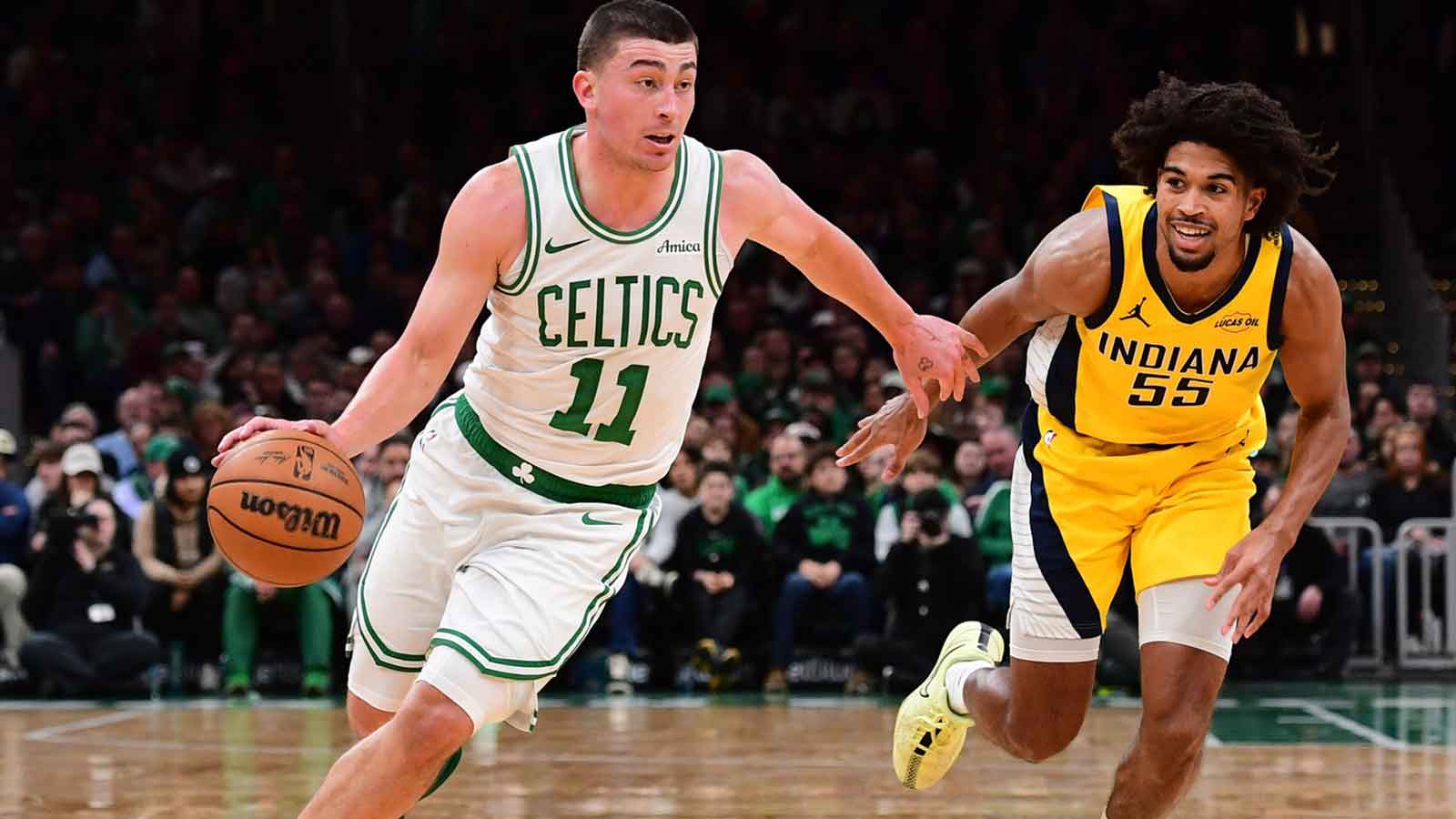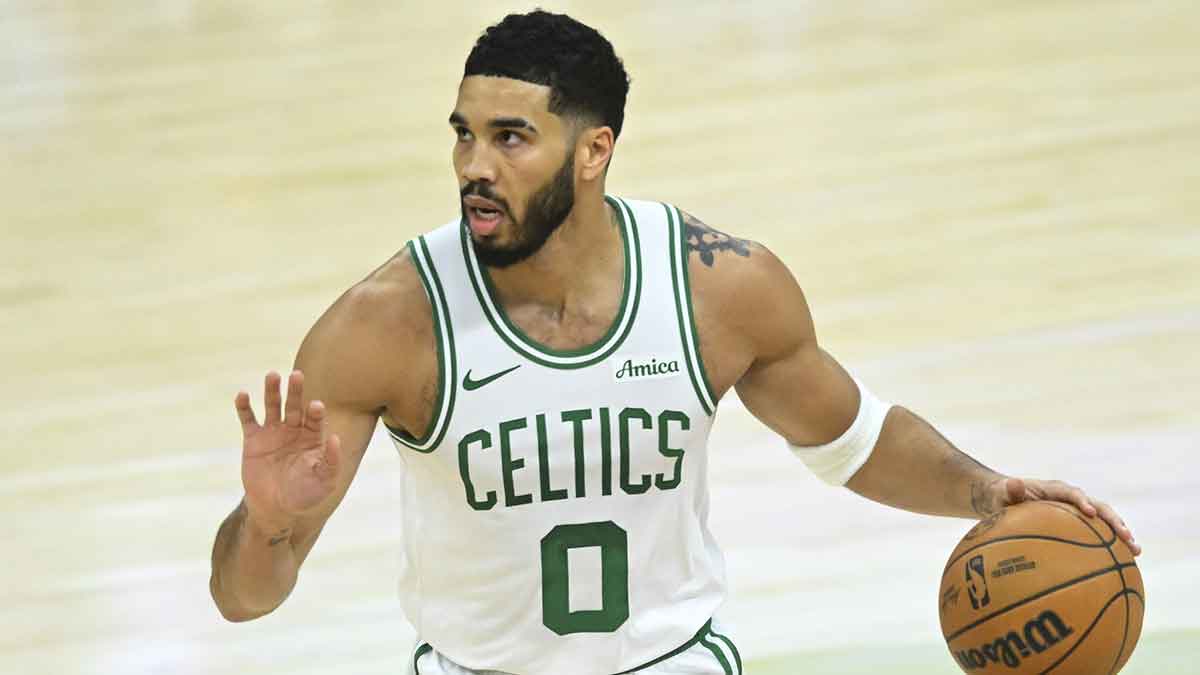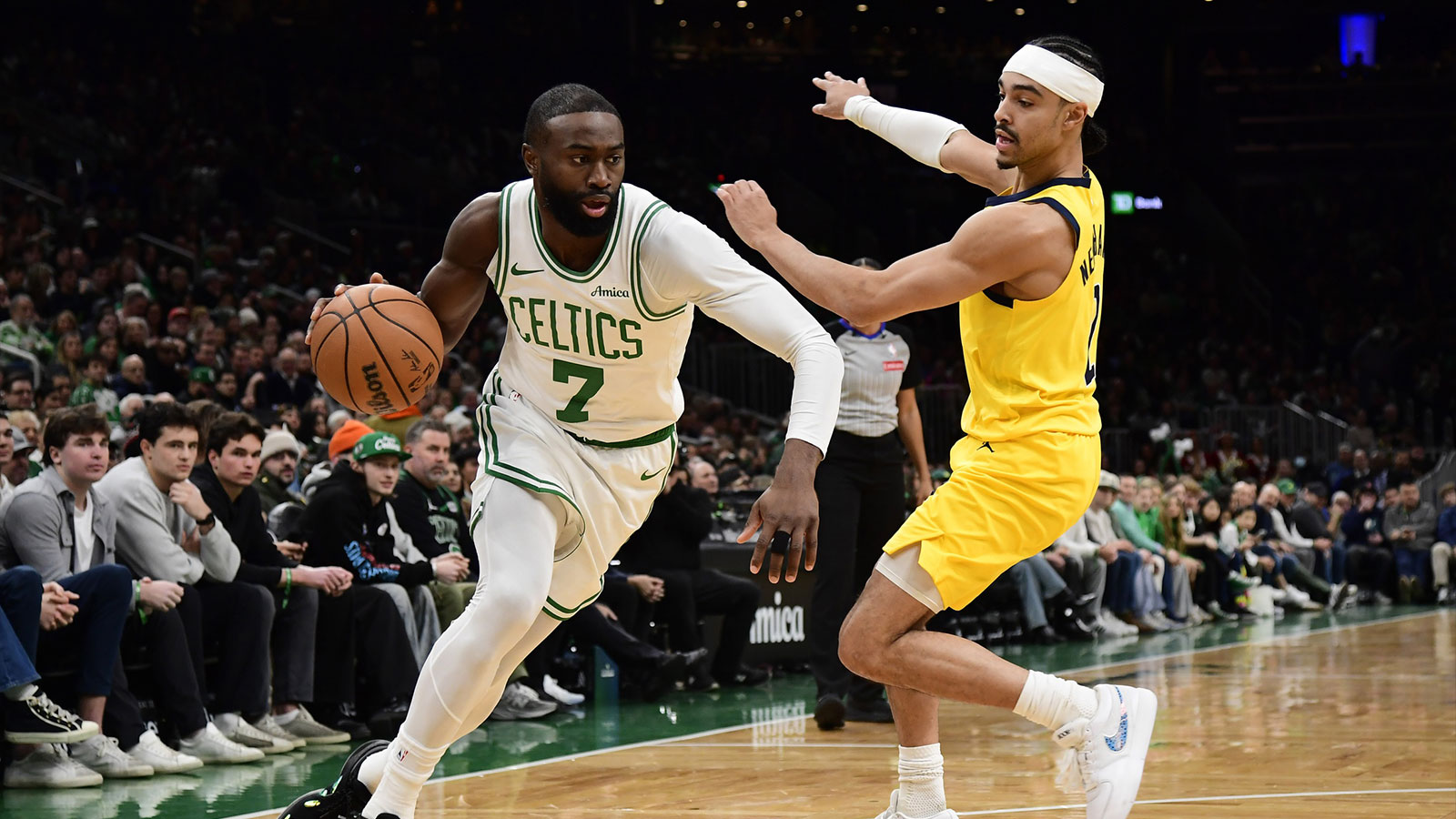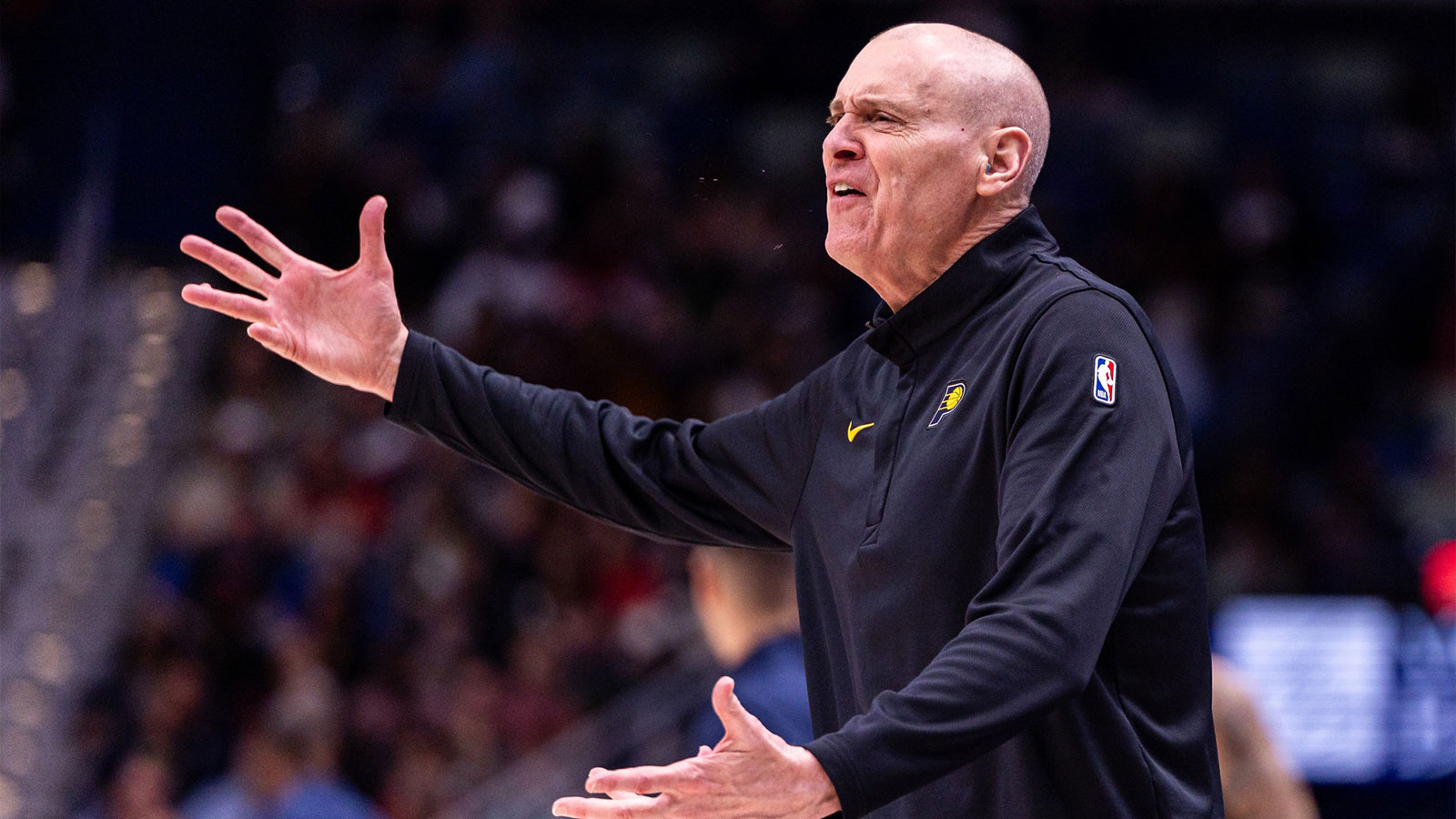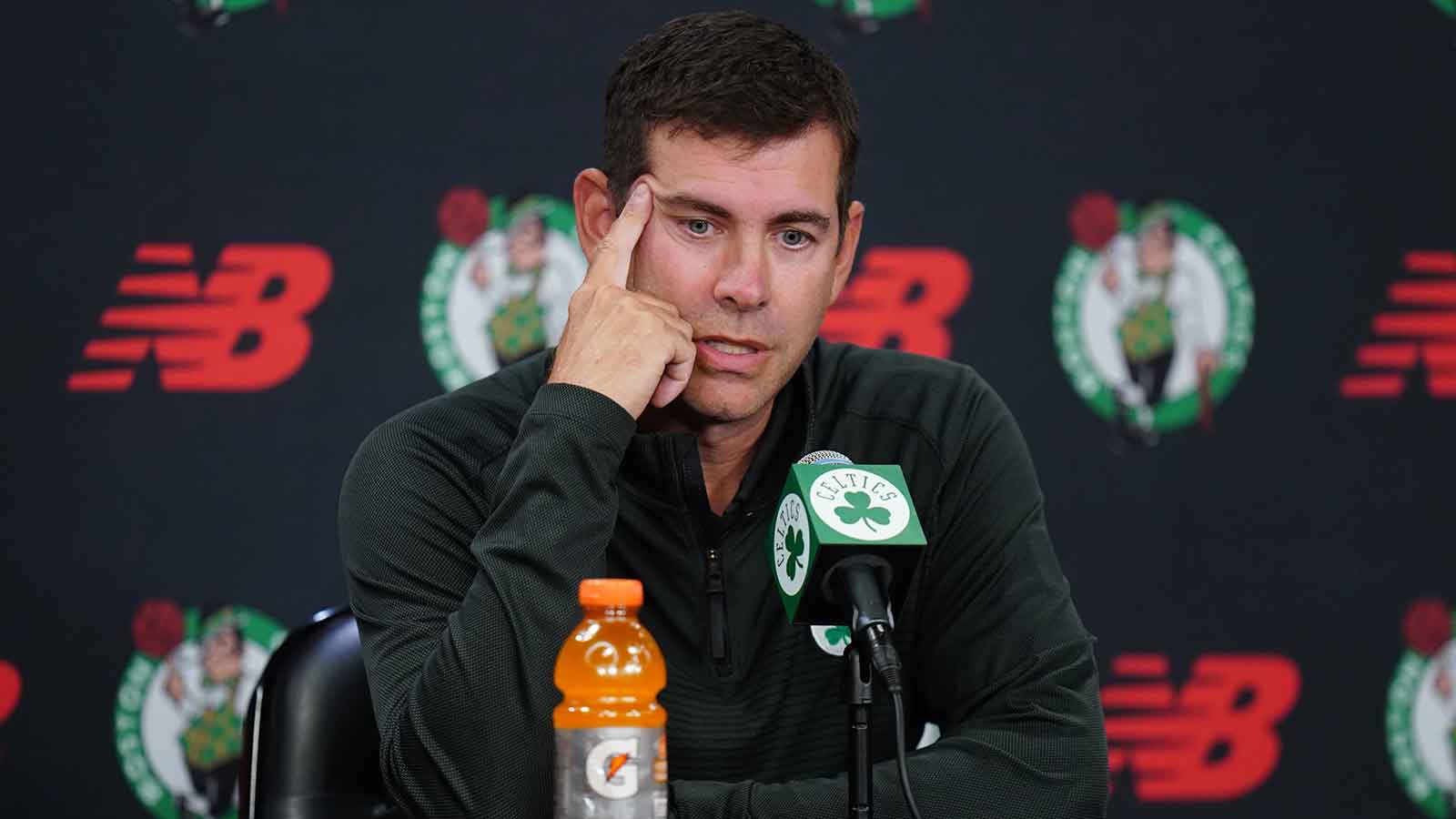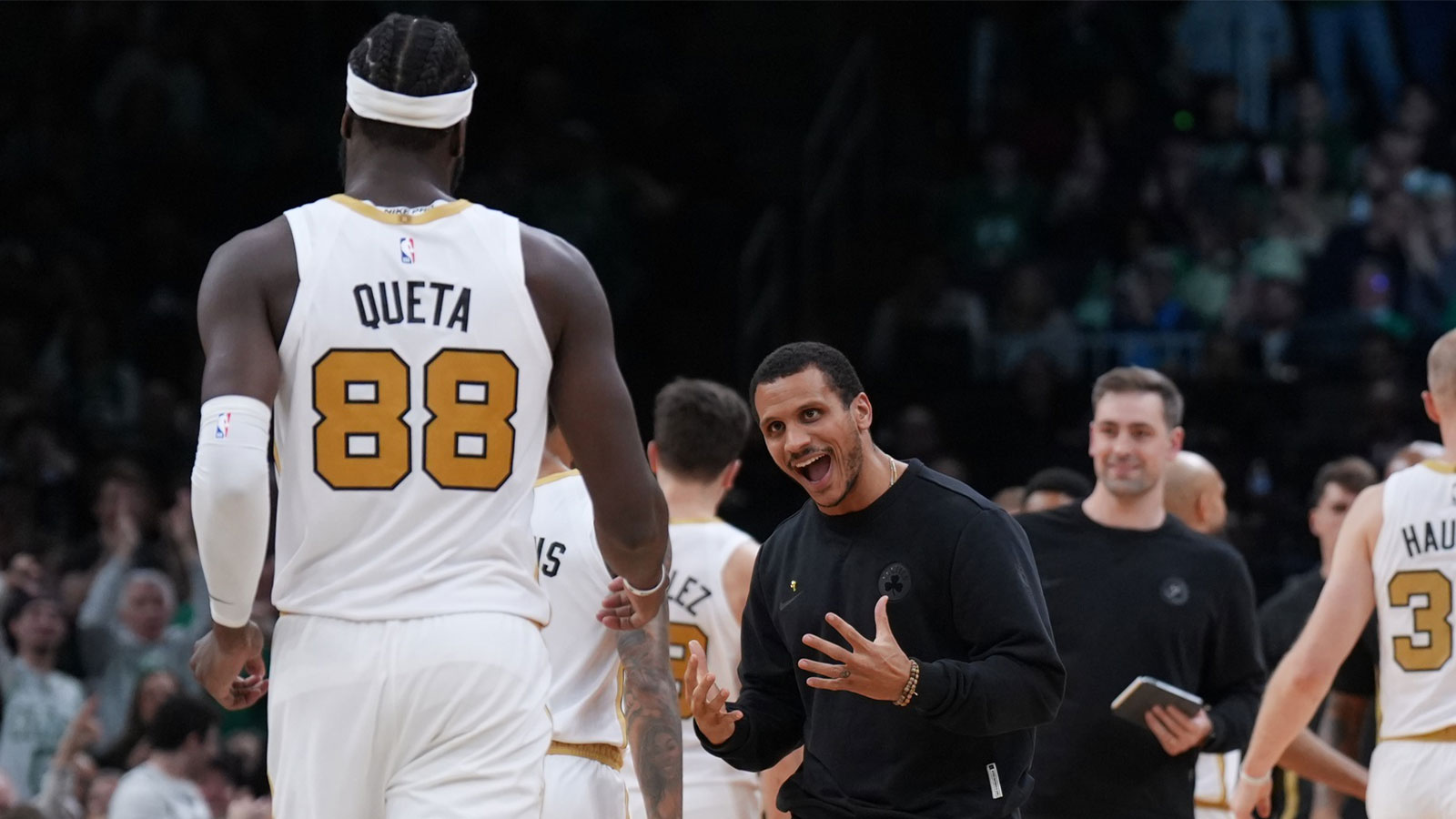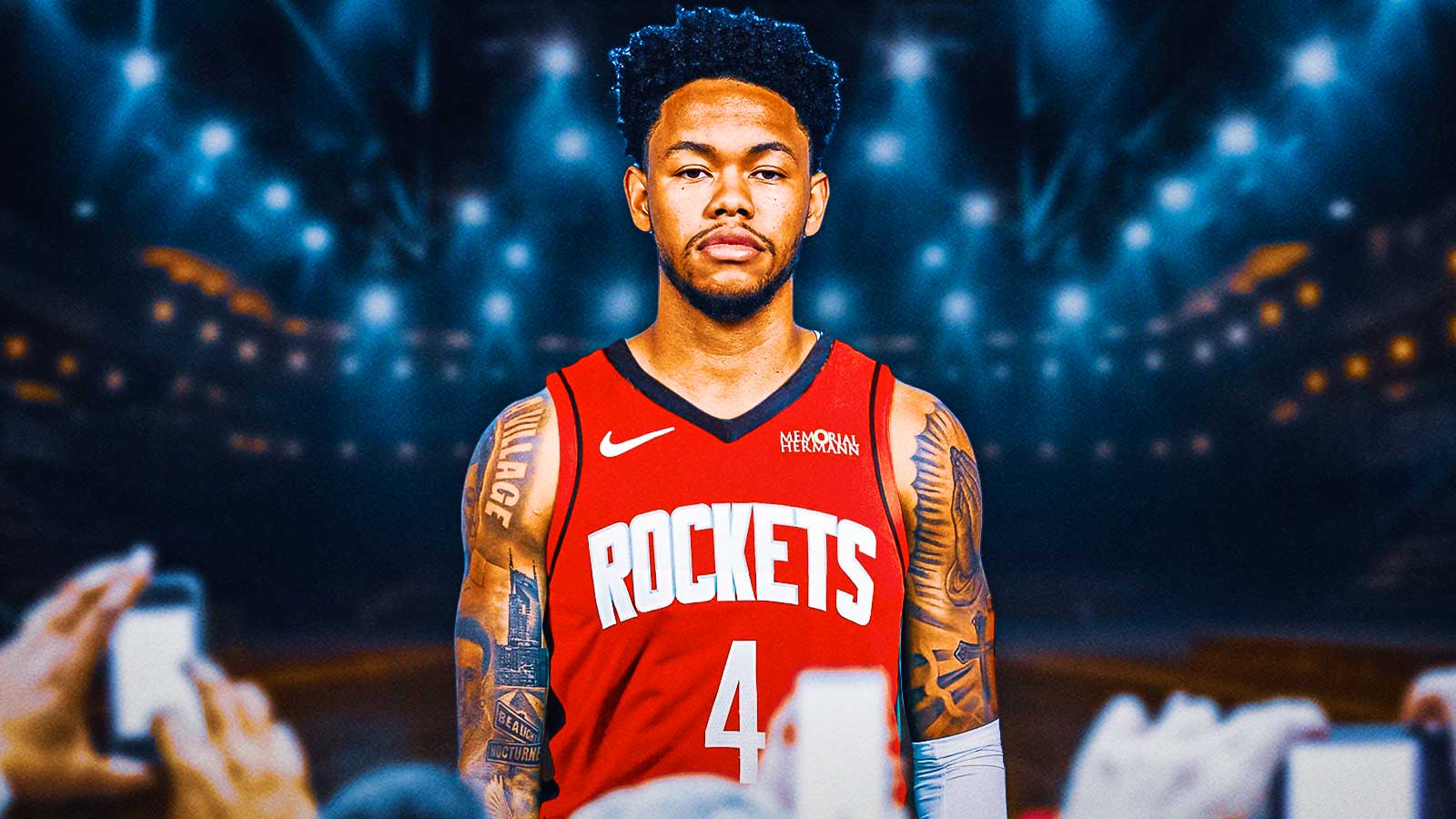The Boston Celtics had no choice but to pivot this offseason. After Jayson Tatum tore his Achilles during the 2025 NBA playoffs, the title window that once seemed wide open was suddenly forced shut. In response, team president Brad Stevens executed a swift roster reshuffle, prioritizing financial flexibility and long-term planning over short-term contention. The moves made were logical, but one key position was left sorely exposed: the center.
With the departures of Kristaps Porzingis, Al Horford (linked with the Golden State Warriors), and Luke Kornet, Boston’s center rotation is not only depleted, it’s arguably the worst in the Eastern Conference among playoff hopefuls. And the most puzzling part? This could’ve been avoided.
1 move the Boston Celtics should've made in 2025 NBA Offseason
On paper, Boston did manage to shed significant salary and stayed under the dreaded second tax apron. Jrue Holiday was traded to Portland for Anfernee Simons and a second-round pick. Kristaps Porzingis was moved to Atlanta in exchange for Georges Niang. Kornet signed with the Spurs in free agency, and Al Horford is reportedly nearing a deal with the Golden State Warriors.
The Celtics also waived JD Davison.
Reminder that even though the Celtics are still an expensive team, they still have a $22 million trade exception
If Boston is going to make any more moves this offseason, the exception will likely be used ☘️ pic.twitter.com/GPdsHRXxtt
— Celtics Lead (@CelticsLead) July 7, 2025
In return, they gained a few rotation pieces in Simons and Niang, who offer shooting and playmaking but little size or interior defense. New additions Luka Garza and Josh Minott were brought in via free agency, but neither has proven to be a capable contributor on a playoff-caliber roster.
Boston also drafted Hugo Gonzalez with the 28th pick, a 6-foot-6 wing from Spain, who, while promising, is unlikely to impact the 2025-26 campaign in a major way. Of the three draft picks made, none are true big men.
The result? The Celtics enter the season with Neemias Queta and Luka Garza as their only listed centers, while undersized forward Xavier Tillman may be forced into small-ball 5 minutes. This is not a recipe for success, even in a gap year.
Among the Celtics’ Summer League standouts, Charles Bassey emerged as a beacon of hope. The former Western Kentucky standout has bounced around the NBA, spending time with the Sixers and Spurs, but showed flashes of rim protection, rebounding, and hustle that Boston desperately needs.
According to Noa Dalzell of SB Nation's CelticsBlog, Bassey is still hoping to sign with Boston despite international interest. If he isn’t offered a contract soon, he may head overseas.
The move to sign Bassey is so obvious it’s baffling that it hasn’t already been completed. He wouldn’t demand much financially. He knows the system after spending the Summer League with the Celtics. And most importantly, he fills a critical void in a rotation that’s thinner than ever in the paint.
With Horford and Porzingis gone, the Celtics lost more than just size: they lost experience, spacing, and defensive awareness. Bassey may not be a floor spacer, but he’s a mobile, physical big who can contest shots and set hard screens. In a backup or third-string role, he offers solid value.
Why Boston should’ve prioritized a Center
Boston was the No. 2 seed in the Eastern Conference in 2024-25, powered by their elite defense and the flexibility of their frontcourt. The presence of Horford and Porzingis gave Joe Mazzulla options on both ends. Without them, that dynamic collapses.
Neemias Queta showed flashes last season but remains foul-prone and inconsistent. Luka Garza is a below-average defender. Xavier Tillman, while versatile, is best used as a short-burst bench piece. That’s simply not enough.
Even if the Celtics aren't aiming to contend without Tatum, there's value in maintaining structural integrity. By neglecting to add a legitimate center, be it Bassey, a veteran free agent, or even using a second-round pick to address the position, they’re asking for trouble.
To be fair, the Celtics have taken smart financial steps. Shedding Porzingis and Holiday’s large contracts sets up Boston to avoid tax penalties and allows for retooling around Tatum and Jaylen Brown in 2026. Anfernee Simons is a valuable addition who could blossom into a borderline All-Star.
But the lack of center depth undermines all of that. If the goal was to tread water in 2025-26 while Tatum recovers, it’s hard to imagine Boston staying competitive with the current roster imbalance. The team is one injury away from starting a second-round rookie or a G-League big in meaningful games.
This is why a low-cost signing like Charles Bassey should’ve been locked in weeks ago. Even a vet-min deal for someone like Goga Bitadze or Bismack Biyombo could’ve patched the hole. Instead, the Celtics are gambling that a group of fringe rotation bigs can handle 48 minutes of interior basketball every night.
The 2025 offseason isn’t technically over. Boston still has time to correct course. Signing Charles Bassey would be a smart, necessary first step. It won’t solve all their problems, but it would bring needed stability.
In the long term, the Celtics should consider targeting a younger, more athletic big via trade or the 2026 Draft to develop alongside Tatum and Brown. For now, though, simply finding a stopgap would go a long way.
Boston made several strategic moves this summer. But they forgot one critical thing: in the NBA, size still matters. And right now, the Celtics are running short on it.

